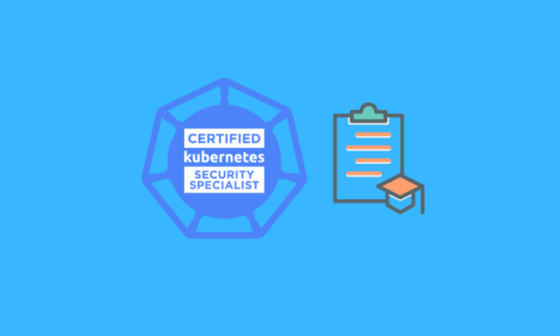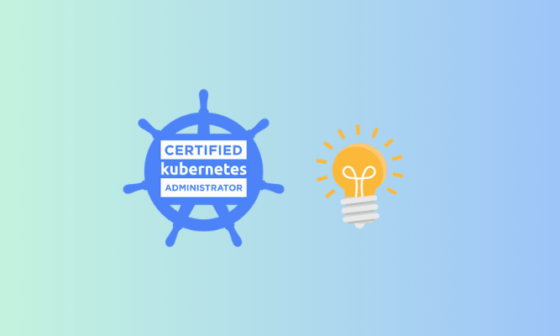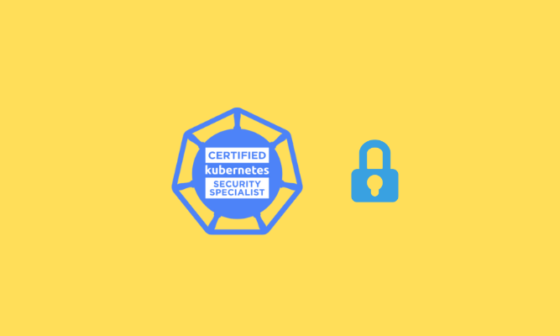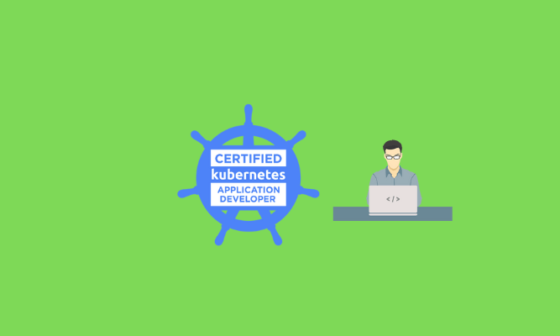Scrum is a powerful framework for implementing agile processes in software development and other projects .
This highly adopted framework uses short iterations of work called sprints, as well as daily meetings called scrums, to continuously work on discrete parts of the project until the project is completed.
There are three key roles in Scrum : Scrum master, product owner and Scrum team members.
Scrum Master Responsibilities
The Scrum Master serves the Product Owner in various capacities, including:
- Ensuring that everyone on the Scrum team comprehends the goals, scope, and product domain as much as possible;
- Employing techniques for efficiently managing the product backlog;
- Assisting the Scrum Team in understanding the necessity of clear and concise Product Backlog items;
- Comprehending product planning within an empirical context;
- Ensuring that the product owner grasps how to structure the product backlog to optimize value;
- Embracing and implementing agility;
- Facilitating Scrum events as necessary.
Scrum Master serves the development team in various capacities, including:
- Providing guidance to development teams on self-organization and cross-functional aspects;
- Assisting development teams in creating high-value products;
- Removing obstacles hindering the progress of the development team’s work;
- Facilitating Scrum events as necessary;
- Guiding development teams in an organizational environment where Scrum is not yet fully adopted and understood.
Scrum Masters serve the development team in various ways, including:
- Providing guidance to development teams on self-organization and cross-functional aspects;
- Assisting development teams in creating high-value products;
- Removing obstacles hindering the progress of the development team’s work;
- Facilitating Scrum events as required or needed.
Scrum Masters serve the organization in various ways, including:
- Leading and guiding the organization in adopting Scrum;
- Planning organization-wide implementation of Scrum;
- Assisting employees and stakeholders in understanding and implementing Scrum principles and experiencing product development;
- Initiating changes that enhance Scrum Team productivity;
- Collaborating with other Scrum Masters to enhance the effectiveness of Scrum implementation in the organization.
Scrum Master daily work list
At the beginning of the day:
Updating and reviewing the burndown chart report for the current sprint.
If the team is behind schedule, the Scrum Master needs to assist the team in finding ways to catch up. Simultaneously, the Scrum Master needs to ensure that all completed tasks have been appropriately marked as completed (or automated through management tools such as PingCode Flow) to maintain the accuracy of the burndown chart data.
Checking the items in the Sprint Backlog and their corresponding task status.
Ensure there is no missing information:
- Estimation information missing for specific tasks.
- Effort estimation information for any missing items.
- Missing task person information for ongoing and completed tasks.
Check for any inconsistencies:
- Determine if any items previously marked as not to be done can still be selected.
- Verify that completed tasks are appropriately marked as completed.
- Identify any unfinished tasks that have been mistakenly marked as completed.
Scrum Masters support the development team in various ways, including:
During work:
- Tracking these issues and alerting the appropriate team members to make corrections.
- Identifying all work affecting progress and assisting the team in resolving these issues if necessary.
- Protecting the team from disturbances by individuals outside the team.
- Educating team members: they should attempt to solve problems themselves first, and if unable, they should seek the Scrum Master for assistance.
- Coordinating the daily Scrum stand-up meeting:
- Displaying the burndown chart;
- Listening to team members’ responses to the three questions in the daily stand-up meetings;
- Clarifying the next action plan and responsible person;
- Sharing useful information with the team.
- Reviewing user stories, technical stories, and newly added issues to the product list to ensure that newly added items can be correctly assigned to the corresponding Scrum team.
At the end of each day’s work:
- Similarly to the beginning of each day, review the status to identify any missing or incorrect information, and track the status of the team’s pending issues.
Prepare for the planning meeting:
- Coordinate product list grooming meetings.
- Calculate the production capacity for the next iteration.
- Compile statistics of team members’ vacation plans for the next Sprint, public holidays, and other factors that may affect member productivity.
- Estimate the team’s productivity for the next iteration.
- Update relevant information in various electronic and physical tools.
When planning a meeting:
- Review the items in the product list from beginning to end, and present them to the team one by one, starting with the highest priority.
- Coordinate the estimating process.
- Document the content of team discussions (e.g., estimated effort, item details).
- Move the corresponding items to the next Sprint’s backlog.
- It is recommended that the team evaluate some user stories beyond the scope of their workload to prepare for emergencies.
During the review meeting:
- The Scrum Master should organize meetings to ensure that all necessary members are present.
During the review meeting:
- The Scrum Master organizes team members to review the team’s work status since the last retrospective meeting.
- The Scrum Master organizes, collects, and records information discussed by team members.
- The Scrum Master coordinates and confirms the improvement measures that the team needs to make in the next iteration and identifies the person in charge.
Scrum master and project manager
These two roles and responsibilities are often confused. As mentioned earlier, a Scrum Master can also take on the role of a project manager, yet there exist distinct differences in their roles and responsibilities.
| Scrum master | project manager | |
|---|---|---|
Role positioning |
For projects using agile methods, the Scrum master is a key role. His/her role is that of a facilitator and coach for the agile development team, ensuring that products are delivered on time and to the specified quality. | For most types of projects, the project manager plays a leadership role in all project phases and activities, including planning, leading, managing, monitoring, and closing the project. |
Responsibilities |
●Support the product owner throughout the product development process. ●Lead Scrum meetings and provide team support during sprint planning and execution. ●Provide guidance to agile teams. ●Ensure that agile principles are followed. Assist the team in prioritizing and managing sprint lists to ensure timely and accurate product delivery. ●Help the team deal with any obstacles to successful delivery. |
●Identify and document business and project requirements, plans and progress. ●Determine, document, and manage project scope, tasks, milestones, timelines, budgets, and resources. ●Lead and coach the project team. ●Identify and assign tasks and priorities. ●Allocate, monitor and manage project resources. ●Set, monitor and manage project schedules. ●Manage project quality parameters. ●Develop risk management and risk tracking strategies. ●Manage all stakeholders and their expectations. ●Communicate tasks, milestones, and project progress to stakeholders. |






